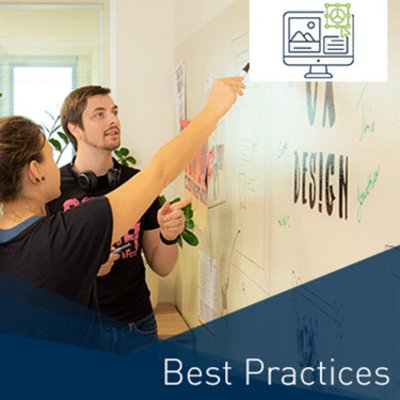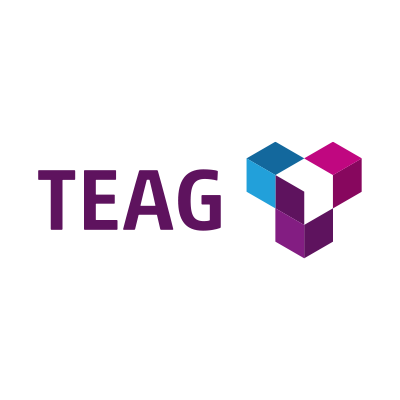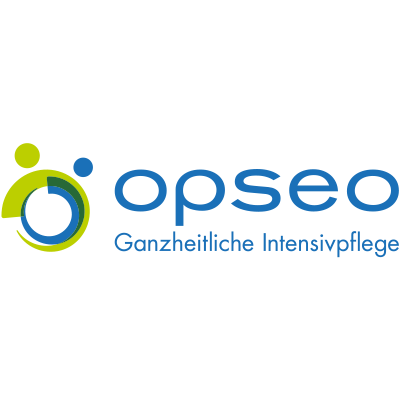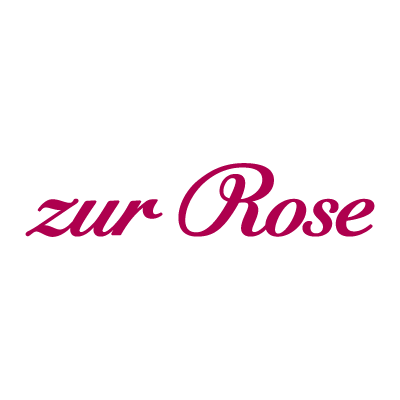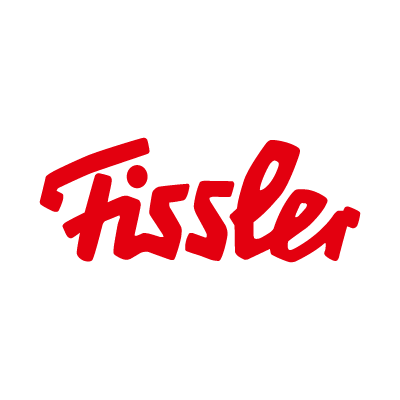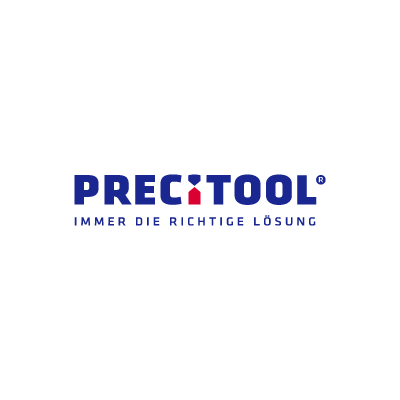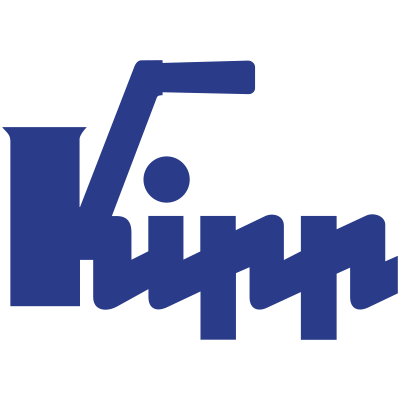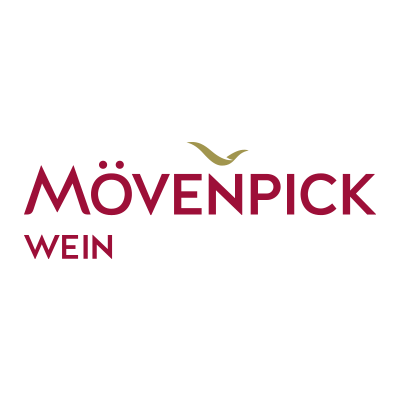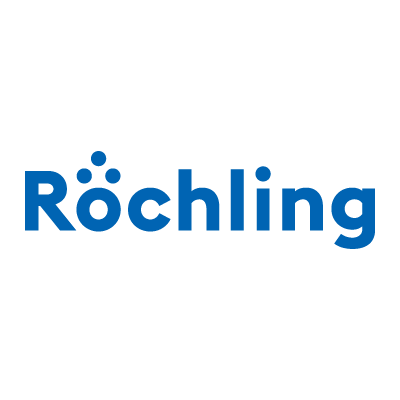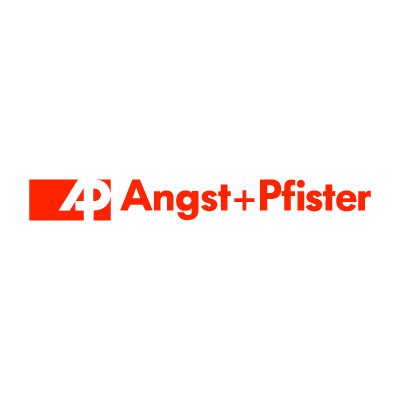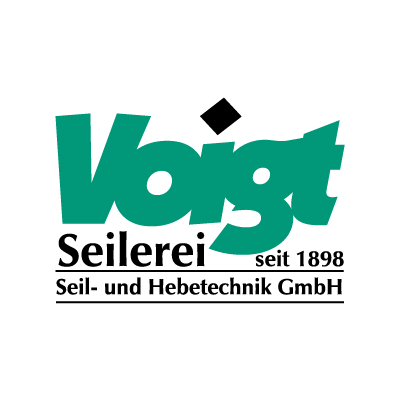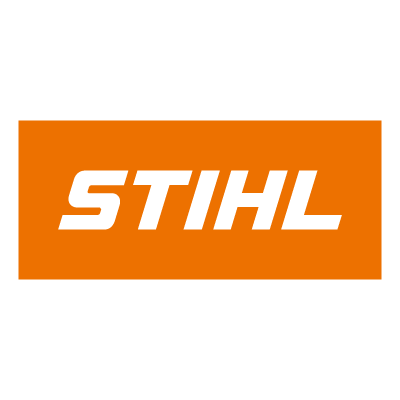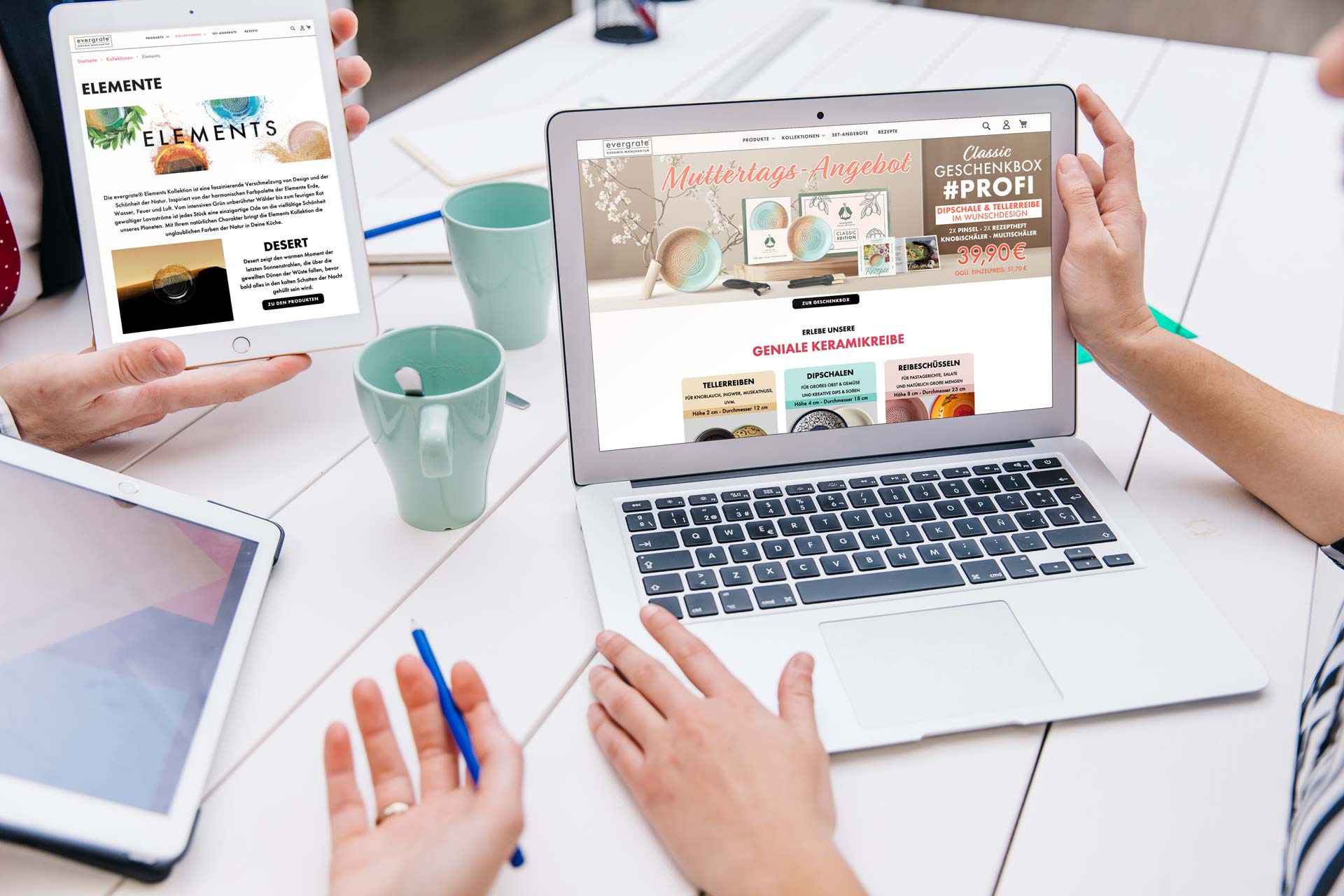
What Is UX Design?
UX design stands for user experience design. It aims to create products that offer meaningful and relevant user experiences. UX design encompasses the design of a user's entire experience with a product, taking into account aspects such as usability, visual design and functionality.
The goal is to create positive customer experiences through purposeful applications. With the help of user research, you can better understand your customers and provide personalised user experiences.
UX Design: Benefits
Increased User Satisfaction
Improved Usability
Higher Conversion Rates
Enhanced Brand Loyalty
Lower Bounce Rates
Increased Sales Growth
Take Your Brand to the Next Level
- Our design and digital marketing professionals can lead your brand to success in the digital age – right in line with customer demands!
UX Design Process: The Four Phases

1. Analysing User Requirements
Whether e-commerce platform or content management system (CMS) – for successful UX design, it is essential to focus on users and their challenges. This is the only way to create a platform that solves problems in a real context of use.
We take over the following tasks:
- Competitive analysis
- Contextual inquiry
- Target group analysis
- Guideline-based interviews and focus groups
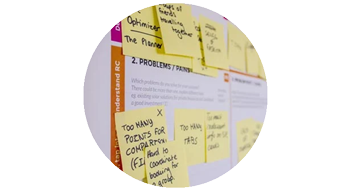
2. Specifying User Requirements
Once users and their problems have been identified, it is important to translate these into specific requirements that are placed on the system to be implemented.
Together we work on the following aspects:
- Use cases
- User story mapping
- Task analysis
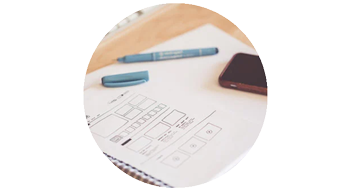
3. Designing Interactive Systems
Once the requirements are clear, it is time to get started with the web design. Detailed drafts of the future user interface (UI) are created. We use different, mutually reinforcing methods to arrive at a first prototype in a well-structured manner.
- Navigation concepts and information architecture
- Sketches and wireframes
- Visual design
- Interactive prototypes
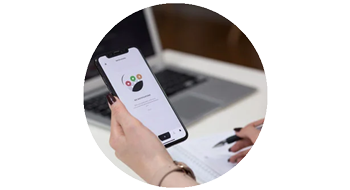
4. Evaluating Design Solutions
We put the aforementioned drafts through their paces from a user's point of view. From this step, we iteratively go back to previous phases to get the most user-friendly result possible.
- Usability testing
- Heuristic evaluation
- Cognitive walkthrough
Is User Experience Measurable?
How good a user experience is depends on many factors, some of which are subjective. However, there are some key performance indicators (KPIs) that companies can use to assess customer satisfaction:
- Net Promoter Score (NPS): With the help of customer surveys, you can measure customer satisfaction, directly involve your customers and identify their needs.
- Time on Site: Find out how much time users spend on your website.
- Conversion Rates: This KPI shows you how many visitors perform certain actions on your website on average.
- Newsletter Click-Through Rate: Evaluate the extent to which newsletter subscribers follow links in your e-mails.
- Return Rate: Discover how the number of returns compares to the number of orders.
UX vs UI: What Are the Differences?
UX and UI are often mistakenly used interchangeably. While UX deals with the entire user experience, UI designers are primarily concerned with the actual interface.
UX
- Feelings and emotions that users experience during an interaction
- Focus on a convenient customer journey
- Applicable to digital and physical products
UI
- Visual effects that users can interact with
- Focus on colours, typography, images and more
- Applicable to digital products
UX focuses primarily on users and involves methods such as user research, wireframes and the development of prototypes. UI, by contrast, specialises in users' active perception in relation to products and aims to optimise colours and shapes, typography, layouts and graphic design.
Our UX Design Services
We support you in prototyping and design for various systems and hold a wide range of workshops to optimise your processes.
(Mobile) App Design
Besides creating an app interface prototype, we support you with the following:
- Onboarding
- App store materials
- App icon
- Splash screen
- Micro-animations
- (In-app) notifications
Newsletter Design
Here is how we assist you:
- Co-creation workshop
- Low-fidelity prototypes
- Technical reviews and sessions with experts
- Templates
Mood Board
A mood board can help you with the following:
- Gathering ideas and inspiration
- Developing and visualising proposals
- Creating a basis for decision-making
Motion Design and Animation
We support you with the following:
- Banners
- Hero sections
- Logos
- Micro-interactions and -animations
- Scroll animations
- Augmented reality
E-Commerce and Content Management
Our team of UX experts provides assistance with various matters:
- Requirements elicitation as part of a design workshop
- Target group analysis
- Tool selection
- Website specifications
- Low-fidelity prototypes (wireframes)
- Visual design
- High-fidelity prototype (screen design)
- Style tiles
Design Systems and Style Guides
We can help you set up a design system:
- Workshop to identify requirements
- Definition and import of design tokens
- Integration with existing tools
- Creation of a component library
Our UX Design Team Supports You Every Step of the Way
Before the Implementation
- Requirements elicitation and analysis
- Concept creation and visual design
- Visualisation of UIs
- Iterations through validating feedback and approvals at every step
- Evaluation of your existing UX strategy
During the Implementation
- Creation and expansion of a prototype
- Combination with suitable user research services
- Streamlining of UX processes thanks to Lean UX
- Establishment of a data-driven optimisation process for an increased return on investment (ROI) and higher conversion rates
After the Implementation
- Systematic further development of your UX design
- Advanced strategies for digital accessibility
UX Design: Even More Efficient with Artificial Intelligence
The use of artificial intelligence (AI) significantly reduces the workload associated with repetitive tasks and frees up time for creative endeavours and innovative ideas.
In the field of UX design, this type of technology can support you in automatically generating design elements, for example.
- It analyses design patterns,
- tracks their evolution over time,
- identifies current trends and
- integrates machine learning to independently create layouts that serve as a basis for your UX design team.
Apart from increasing efficiency throughout the design process, AI enables you to respond seamlessly to changing customer needs.
With the help of process automation, e.g. when analysing target groups and trends, you can identify changes even faster. Benefit from our experience in working with AI and trust our expertise as a UX agency when it comes to implementing AI.
FAQ – Frequently Asked Questions About UX Design
What is UX design?
UX design refers to the process of designing digital products that are not only easy to use, but also intuitive and tailored to users' needs. The goal is to create positive experiences that boost customer loyalty and satisfaction.
How is UX design different from UI design?
While UX design focuses on the overall user experience and functionality of a product, UI design deals with the visual aspect and the interface through which users interact with it. Both disciplines complement each other to create an aesthetically pleasing and functional product.
What is design thinking and how is it applied?
Design thinking is an innovative problem-solving approach that prioritises empathy for users, creative idea generation and iterative testing. In five phases – empathy, definition, brainstorming, prototyping and testing – the goal is to understand profound user needs and develop effective solutions.
How does design thinking relate to UX design?
Design thinking lays the foundation for effective UX design by focusing on users' needs and experiences. The use of design thinking methods enables UX designers to come up with innovative solutions that are closely aligned with users' actual requirements.
Why is UX design crucial to the success of e-commerce platforms?
In e-commerce, an excellent user experience leads to higher conversion rates and enhanced customer loyalty. By optimising user experiences based on UX design principles, companies can ensure that their platform is intuitive, accessible and enjoyable to use.
How can dotSource support your company when it comes to UX design?
dotSource offers a wide range of UX design services – from user research and strategy development to prototyping and final design. Our expertise can help you develop products that are not only functional, but also emotionally engaging so that you can achieve your business goals.
Other Services in the Field of UX Design and Usability
Do you want to learn more? I'm looking forward to hearing from you!

